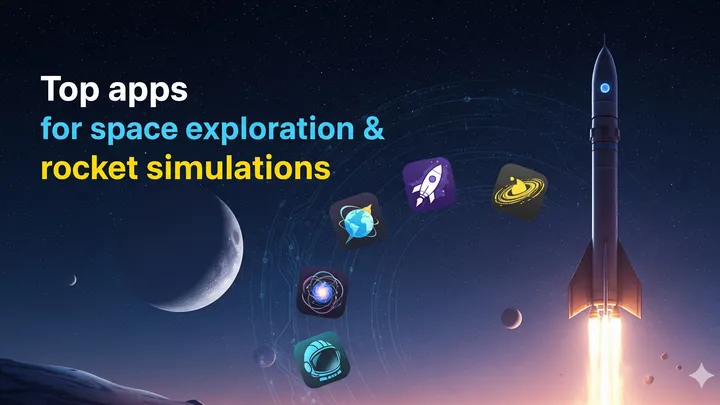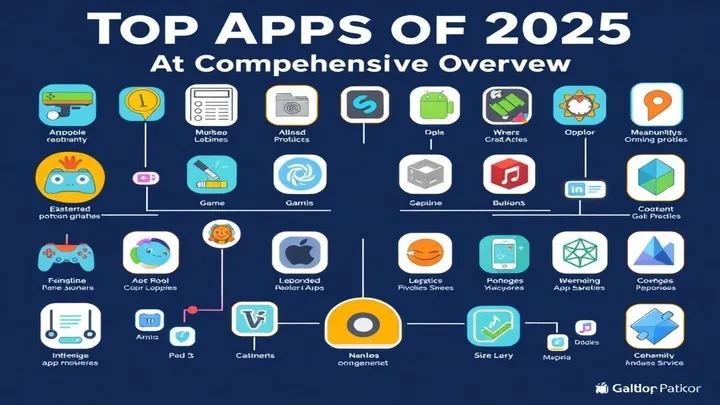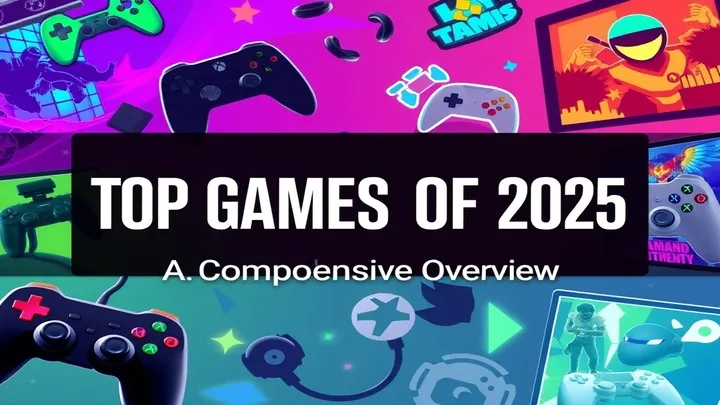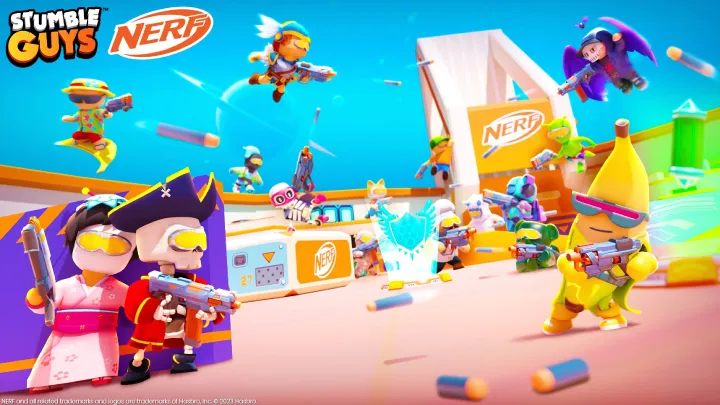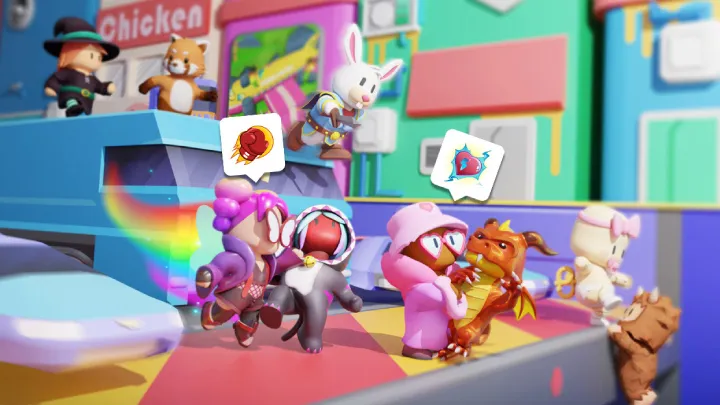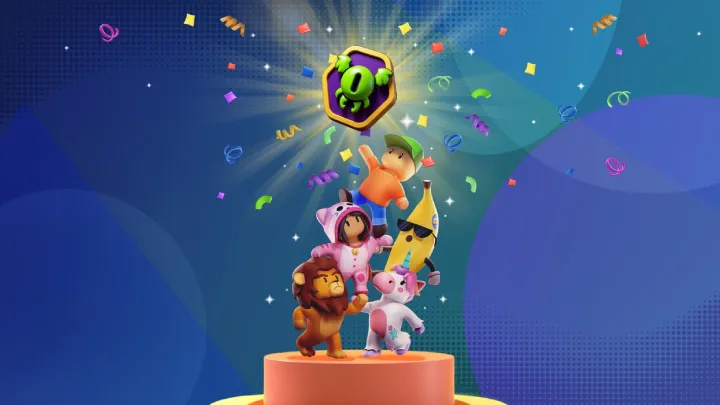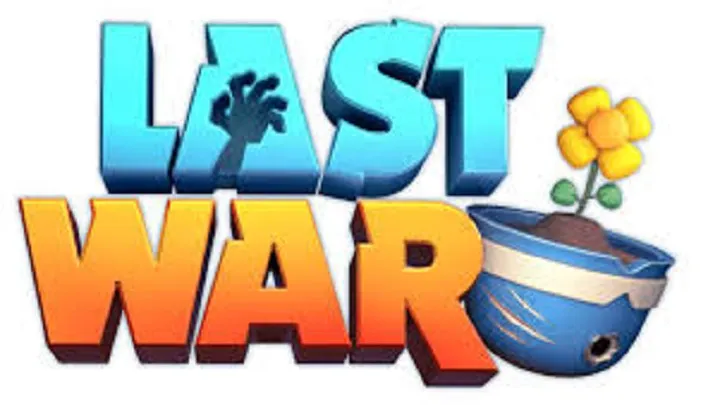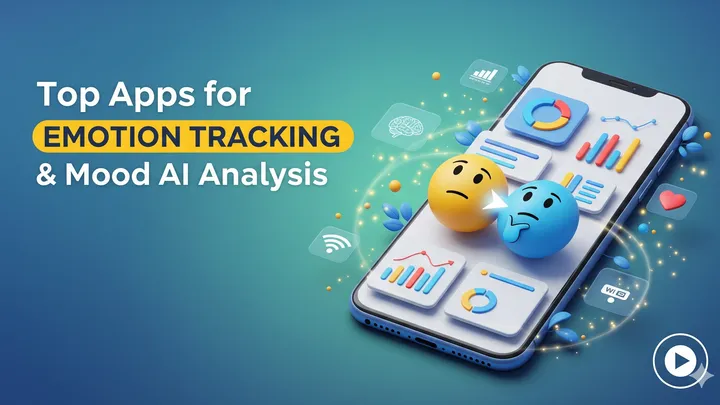Introduction
Since its official release in June 2020, Valorant has rapidly ascended to become one of the most popular tactical first-person shooters in the gaming industry. Developed by Riot Games, known for their iconic title League of Legends, Valorant merges precise gunplay with character-based abilities, creating a unique gaming experience that emphasizes strategy and teamwork. This article offers an in-depth analysis of Valorant, covering its gameplay mechanics, agent roster, map design, competitive scene, community engagement, and future outlook.
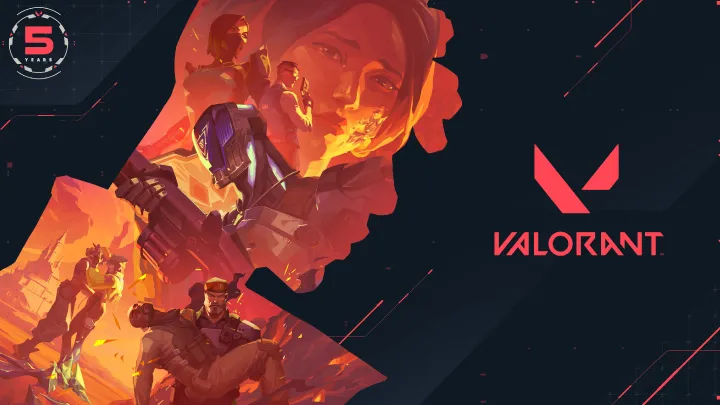
1. Game Overview
1.1 What is Valorant?
Valorant is a 5v5 tactical shooter that combines elements of classic FPS games with modern character abilities. In each match, players select from a roster of agents, each endowed with unique skills that can alter the course of gameplay. The primary objective is to either plant or defuse a device known as the Spike while eliminating the opposing team.
1.2 Development and Release
Riot Games began developing Valorant under the codename "Project A" in 2014, aiming to create a competitive shooter that would bring back the strategic essence of classic games like Counter-Strike. After an extensive closed beta period that started in April 2020, the game launched globally on June 2, 2020. The combination of a polished gameplay experience and a strong marketing push during its beta phase contributed to its explosive popularity.
2. Core Gameplay Mechanics
2.1 Agents and Abilities
At the heart of Valorant are its diverse agents, categorized into four roles: Duelist, Initiator, Controller, and Sentinel. Each agent has unique abilities that can significantly impact gameplay.
2.1.1 Agent Roles
- Duelists: These agents excel at engaging enemies directly and securing kills. They are designed to create space for their team and often have abilities that enhance their offensive capabilities. Examples include Jett, Phoenix, and Reyna.
- Initiators: Their primary function is to break through enemy defenses. Initiators can scout enemy positions or disrupt their strategies with abilities that create opportunities for their teammates. Notable initiators include Sova, Breach, and Skye.
- Controllers: These agents shape the battlefield by blocking sightlines and controlling areas. They are essential for strategic plays and can dictate the flow of engagements. Examples include Omen, Viper, and Brimstone.
- Sentinels: Focused on defense and support, sentinels can heal teammates, provide intelligence, or fortify locations. Agents like Sage, Killjoy, and Cypher fall into this category.
2.2 The Economy System
One of the unique aspects of Valorant is its economy system. Players earn credits based on their performance in each round, which can be used to purchase weapons and abilities in subsequent rounds. Understanding when to buy or save can be crucial for team success.
- Credits: Players earn credits by winning rounds, getting kills, and completing objectives such as planting or defusing the Spike. Managing credits effectively can dictate the team's strategy.
- Buying Phase: At the beginning of each round, players can purchase weapons, shields, and abilities. Teams must strategize whether to spend freely or save for future rounds based on their economy.
3. Maps and Environments
3.1 Map Design
Valorant features several maps, each carefully designed to encourage strategic gameplay. Maps include diverse environments, sightlines, and chokepoints that require different strategies.
3.1.1 Notable Maps
- Bind: Known for its teleporters, which allow players to quickly traverse the map. Control of these teleporters can lead to unexpected flanks and strategic advantages.
- Haven: Unique for having three bomb sites, Haven requires teams to spread their defenses. This design fosters dynamic gameplay and strategies.
- Split: Features verticality and tight corridors, emphasizing the importance of controlling the middle of the map and utilizing agent abilities effectively.
3.2 Map-Specific Strategies
Each map has its own set of strategies and callouts, which are essential for effective communication among teammates. Familiarizing yourself with these strategies can provide a significant edge during matches.
4. Competitive Scene
4.1 Rise of Esports
Since its launch, Valorant has quickly established itself in the esports landscape. Major tournaments like the Valorant Champions Tour (VCT) showcase the best teams and players from around the world, fostering a competitive environment.
4.2 Professional Teams and Players
Numerous professional teams have emerged, each with talented rosters. Teams such as Sentinels, G2 Esports, and Fnatic have gained recognition for their outstanding performances, attracting large followings.
4.3 Impact of Streaming and Content Creation
The rise of streaming platforms like Twitch has further fueled interest in Valorant. Many professional players and content creators share their gameplay and strategies, contributing to the game's popularity and community engagement.
5. Community and Player Engagement
5.1 Community Involvement
Riot Games actively engages with the Valorant community, regularly seeking feedback and implementing changes based on player suggestions. This open dialogue fosters a strong sense of community and player loyalty.
5.2 Events and Updates
Regular updates introduce new agents, maps, and gameplay changes, keeping the game fresh and exciting. Seasonal events and limited-time modes provide players with new challenges and rewards.
5.3 Fan Content and Culture
The Valorant community is vibrant, with players creating artwork, fan fiction, and memes. This creative output contributes to the game's culture, enriching the player experience.
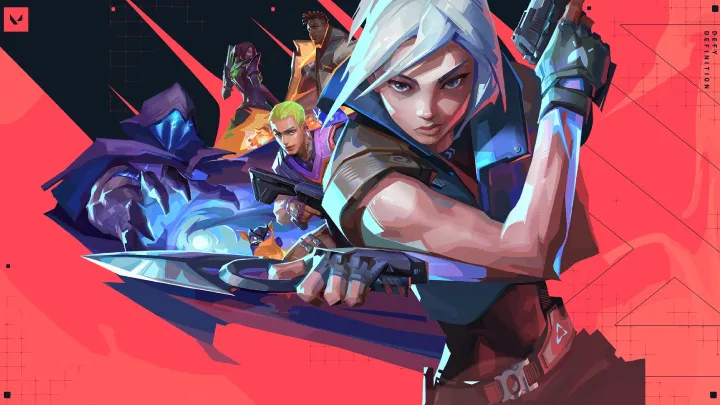
6. Challenges and Criticism
6.1 Balancing Issues
Like many competitive games, Valorant occasionally faces balancing issues, with certain agents or weapons dominating the meta. Riot Games continuously works to address these concerns through patches and updates.
6.2 Cheating and Toxicity
The competitive nature of Valorant has led to challenges regarding cheating and toxic behavior. Riot Games has implemented anti-cheat measures and community guidelines to combat these issues, fostering a healthier gaming environment.
7. Future of Valorant
7.1 Continued Development
Riot Games has committed to supporting Valorant with regular updates, new content, and events. The game's roadmap includes plans for new agents, maps, and features, ensuring continued player engagement.
7.2 Expanding the Universe
The lore of Valorant is gradually being expanded, with potential for future storytelling through in-game events, comics, or cinematic trailers. This expansion can deepen players' connection to the game world.
7.3 Evolving Competitive Landscape
As the esports scene continues to grow, Valorant is likely to see increased investment and attention from organizations, sponsors, and fans alike. The future looks bright for aspiring professional players.
Conclusion
Valorant has established itself as a compelling title in the competitive gaming landscape, combining tactical shooting mechanics with character-based gameplay. Its diverse roster of agents, strategic depth, and thriving community contribute to its ongoing success. As Riot Games continues to develop and support the game, Valorant is poised to remain a significant player in the esports arena and the gaming world at large.
In summary, Valorant offers a rich and immersive experience for players, blending skill, strategy, and teamwork. Whether you're a casual player or an aspiring professional, the game provides endless opportunities for growth and enjoyment. As you dive into the world of Valorant, remember that the journey of improvement is just as important as the victories you achieve.









